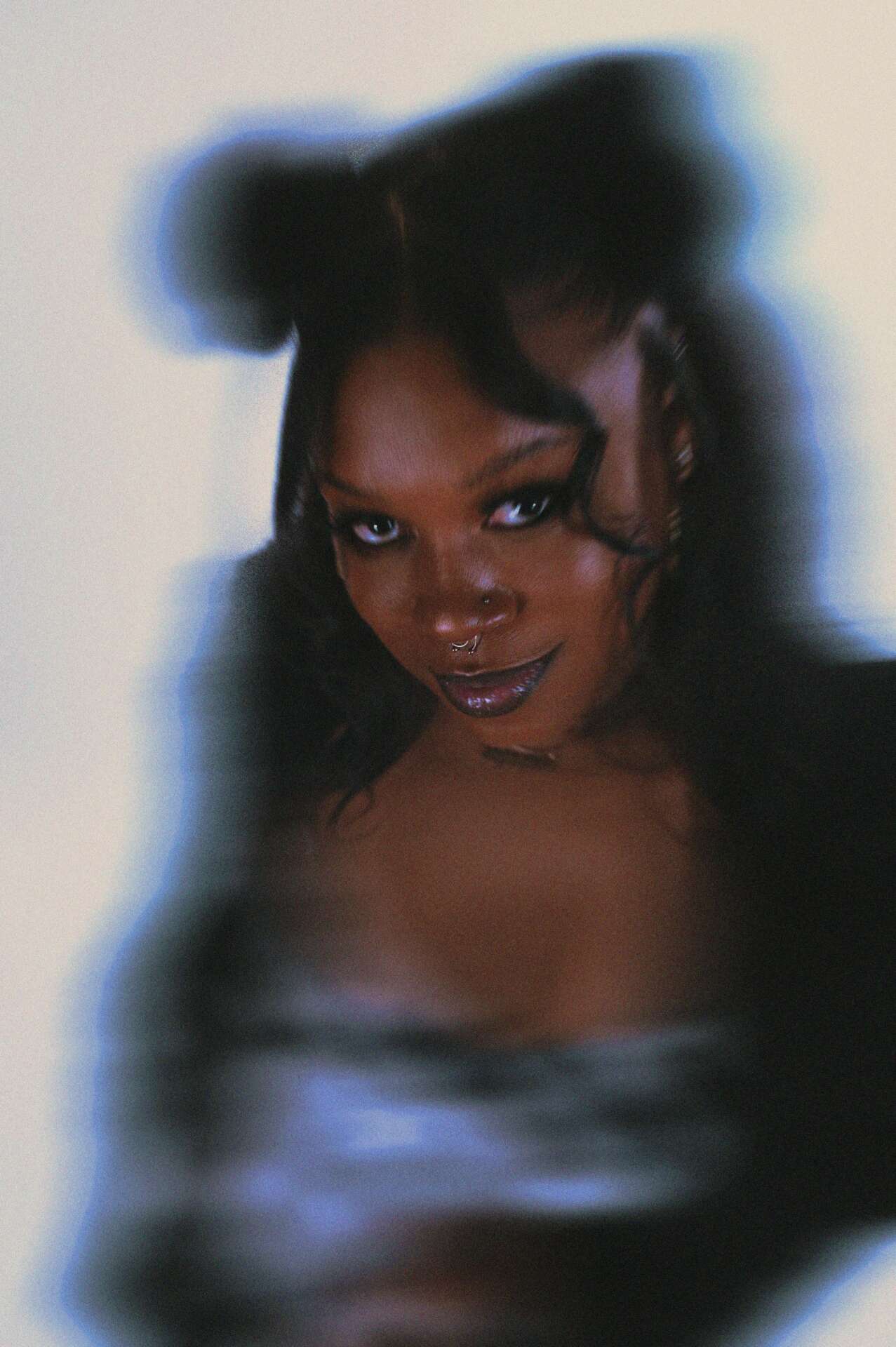We were lucky to catch up with Karma Hydra recently and have shared our conversation below.
Hi Karma, thanks for joining us today. I’m sure there have been days where the challenges of being an artist or creative force you to think about what it would be like to just have a regular job. When’s the last time you felt that way? Did you have any insights from the experience?
Having been on both the freelance artist and 9-5 corporate sides of the fence, I realize that I’m not merely pursuing creativity as a career-creativeness is my natural state of being, and regardless of whether I have a regular job or am a full-time artist, expressing my innate artistry is a given. It’s that expression that gives me happiness and joy: painting, performing my music to an audience, collaborating with new artists, and helping business people create visuals for their brand. The freedom of freelancing grants many privileges, but the stress of unexpected challenges and unpredictability isn’t for the weak. In moments of weakness, I’ve given in. The monotony of a “regular job” can be boring and uninspiring, but financial stability can provide a means for personal artistic projects. I don’t have to wonder what a regular job is like because I’ve had many, and they all came with a unique set of pros and cons. Although it’s my dream to live comfortably off my artistry alone, I’m not clueless about the pitfalls that come with choosing an untraditional path either. Ultimately, I’m happy working smarter and not harder. I’m happy avoiding burnout and taking my time to make income. And lastly, I’m happy when I dedicate myself fully to my artistic projects and services.

Karma, love having you share your insights with us. Before we ask you more questions, maybe you can take a moment to introduce yourself to our readers who might have missed our earlier conversations?
I’m Karma Hydra: a musical performer and vocalist, a producer of electronic and rap music, a songwriter, and a visual artist. Previously, I worked as an illustrator and graphic designer after earning my degree in fine arts, doing a combination of commissions and seasonal positions before deciding to pursue music.
Now, I provide graphic design and visual art services under the moniker Dija Ouija, perform live music in lgbtq+ friendly spaces, and manage small businesses’s websites and social media accounts. I’ve attempted to “niche down” but have realized my variety of skills complement each other. After finishing a track, I can design a single cover with my photo editing expertise or illustrate a new concept. I can market the single using social media-properly tracking insights and using analytics to reach a target audience. I can create merchandise and print materials that supplement the music, drawing additional interest and sales. Then, I can shoot and edit corresponding videos for more social media content and brand awareness.
What separates me from other artists is my ability to be a creator, a curator, a marketer, an editor, and an art director simultaneously. I use my talents for myself and in service to other local artists and businesspeople.
The main thing I’d like clients and supporters to know about myself and my work is that everything I create is informed by my experiences as a well-traveled, alternative, queer, person of color with an unrelenting passion for a variety of arts. I wear many hats, but the quality of my material is consistent across the board.

Have any books or other resources had a big impact on you?
In December of 2022, after seeing the book lay dormant on my mother’s shelf for nearly thirty years, I was drawn to reading The Artist’s Way by Julia Cameron and the daily pages the book asks readers to complete during the twelve-week process. Nearly a year later, I haven’t missed a morning journaling session yet, have gone sober from alcohol, and restructured the way I view my artistic process and my creative expression. Following what is fulfilling and honoring my inner artist has shifted from a low to a high priority. As a result, I’ve remained consistent in my artistic endeavors, said yes to performance opportunities and music collaborations, given my clients the visual representation they deserve, and maintained weekly creative meetings with my mother, with whom I completed the twelve-week course. I recommend the book and workbook to any artists stuck in a rut or unhappy with their creative expression.


Do you think there is something that non-creatives might struggle to understand about your journey as a creative? Maybe you can shed some light?
I’ve had practical people scratch their heads at my resilience towards being either a part-time or full-time artist when jobs in unrelated fields could provide me with a stable income considerably larger than the one I make from doing art and performing. I understand money is important in this capitalistic system, and so is time. Why dedicate so many years to a craft that underpays you? When is it time to give up the ghost and settle for being a passionate hobbyist? Personally, I know I’d suffer immensely from compartmentalizing my true expression to a once-a-week pastime. I know I work better in creative environments I’m aligned with, and in a schedule I get to control. Sometimes, financial security isn’t so secure and layoffs still happen. There’ll be risks anyway, so why not choose the risk that best aligns with who I am and what I wish to be?
That risk remains fruitful every time a client tells me they love the visuals I’ve made for them, or first-time listeners compliment me after a performance. The rewards of a creative lifestyle make all the compromises and difficulties worth it.

Contact Info:
- Website: linktr.ee/karmahydra
- Instagram: @karmahydramusic
- Youtube: https://www.youtube.com/@karmahydra
- Tiktok: @karmahydramusic Art + Visual Design: www.dijaouija.com (@dija_ouija)
Image Credits
Polaroids by Monika (@wavy.view/@wavymonii) Portrait photography by Johnathan F Johnson (@johnolyth)


